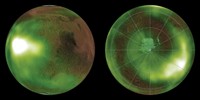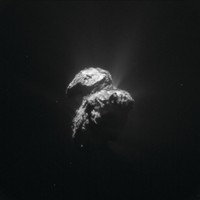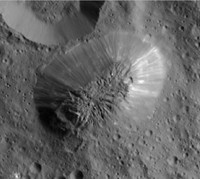Advertisement
Grab your lab coat. Let's get started
Welcome!
Welcome!
Create an account below to get 6 C&EN articles per month, receive newsletters and more - all free.
It seems this is your first time logging in online. Please enter the following information to continue.
As an ACS member you automatically get access to this site. All we need is few more details to create your reading experience.
Not you? Sign in with a different account.
Not you? Sign in with a different account.
ERROR 1
ERROR 1
ERROR 2
ERROR 2
ERROR 2
ERROR 2
ERROR 2
Password and Confirm password must match.
If you have an ACS member number, please enter it here so we can link this account to your membership. (optional)
ERROR 2
ACS values your privacy. By submitting your information, you are gaining access to C&EN and subscribing to our weekly newsletter. We use the information you provide to make your reading experience better, and we will never sell your data to third party members.
Physical Chemistry
New focus on Mercury
by Elizabeth K. Wilson
June 27, 2011
| A version of this story appeared in
Volume 89, Issue 26
The first round of data pouring in from NASA’s spacecraft may invalidate hypotheses about the formation of Mercury, the dry and blistering planet closest to the sun. The early results also add to evidence that water ice may exist on the planet, scientists said at a June 16 press conference. Messenger (MErcury Surface, Space ENvironment, GEochemistry & Ranging) data show that Mercury’s surface contains not only high levels of sulfur but also a high potassium-to-thorium ratio. Because potassium evaporates at much lower temperatures than thorium, the ratio of the two elements is often used to probe thermal processes in the early solar system. Scientists expected that the sun would have long ago blasted potassium from Mercury. The high levels discovered by Messenger rule out models predicting that Mercury formed, like Earth, from accreting matter from the solar system disc or from a metal-rich meteorite, researchers say. Messenger’s scans of Mercury’s north pole also confirmed that a number of craters there are permanently shadowed. These craters coincide with bright spots that ground telescopes detected in the 1990s and were hypothesized to be water ice. Now, their coincidence with the permanently shadowed craters strengthens the case for that 20-year-old hypothesis.





Join the conversation
Contact the reporter
Submit a Letter to the Editor for publication
Engage with us on Twitter